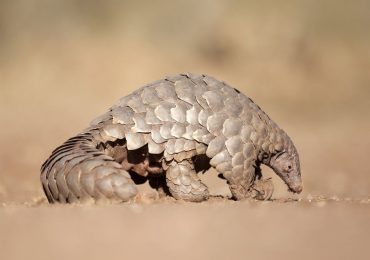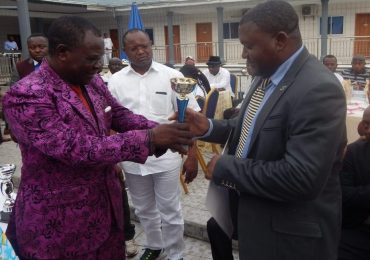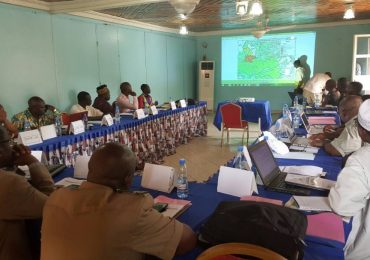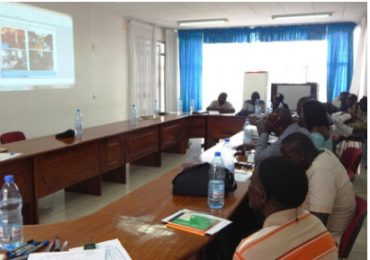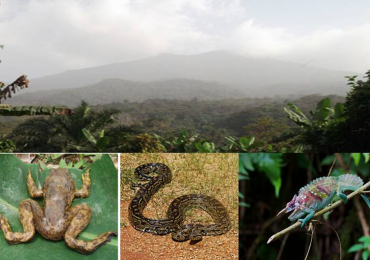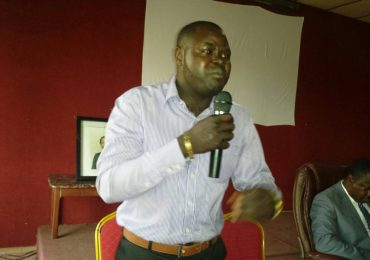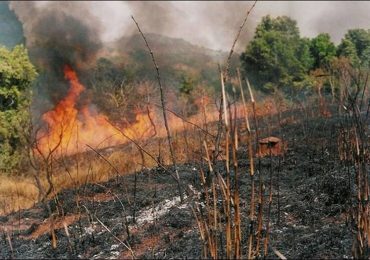There is urgent need to revamp conservation groups in the Proposed Mount Kupe Integral Ecological Reserve in the Southwest and Littoral Regions of Cameroon.
By Messape Derrick
The fragile ecosystem of the Mount Kupe area is home to the Bakossi and Manehas communities, providing them with food, water, medicine, building materials as well as being a sacred place, the home of their ancestors.
The area that is covered with a pristine forest hosts many rare and unique species of plants and animals; birds, reptiles, amphibians, insects and mammals endemic in the area. Amongst these animals are the famous Mount Kupe Bush Shrike, spectacular chameleons and frogs.
Due to the fragility of the Mount Kupe area, different NGOs in the past two decades have intervened here to try and conserve the biodiversity. From Birdlife International to WWF-Coastal Forests Program that put up different conservation structures and measures through different community associations. However, the exit of these organizations from the area has left these conservation groups on their own with little or no funds to continue with the conservation work.
The chiefs’ association that was responsible to follow up the classification process of the mountain is now redundant with no follow-up meetings due to lack of funds; the Eco-tourism and the Hunters’ association which carried out community-oriented patrols up the mountain are in total disarray. These are the structures that were responsible for the implementation of conservation measures left behind by the NGOs.
The demarcation line done by the different communities to protect the water catchment for 20 villages is now seriously being encroached into as a lot of farming activities take place close to the water sheds. Despite the traditional ban of 1994 of hunting on the mountain, bush meat is constantly available in the local markets in the area whose origin is found to be the Kupe Mountain. This was not the case when the NGOs were active in the area.
Funds are needed to continue the conservation work in the area or else efforts already exerted will have been done in vain for the past two decades. In a nutshell, conservation efforts put in place by the different NGOs will be rendered useless if these gaps identified are not filled. Be part of history in the conservation of one of the remaining pristine forests in Cameroon.


